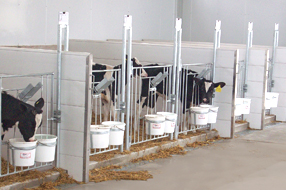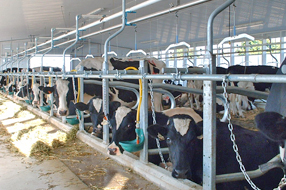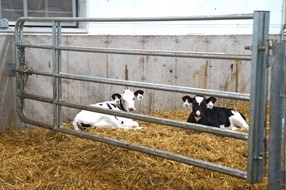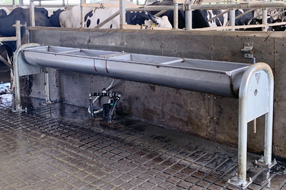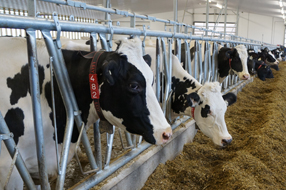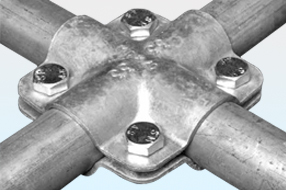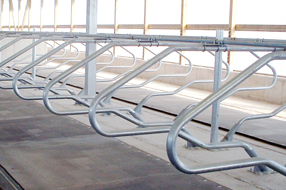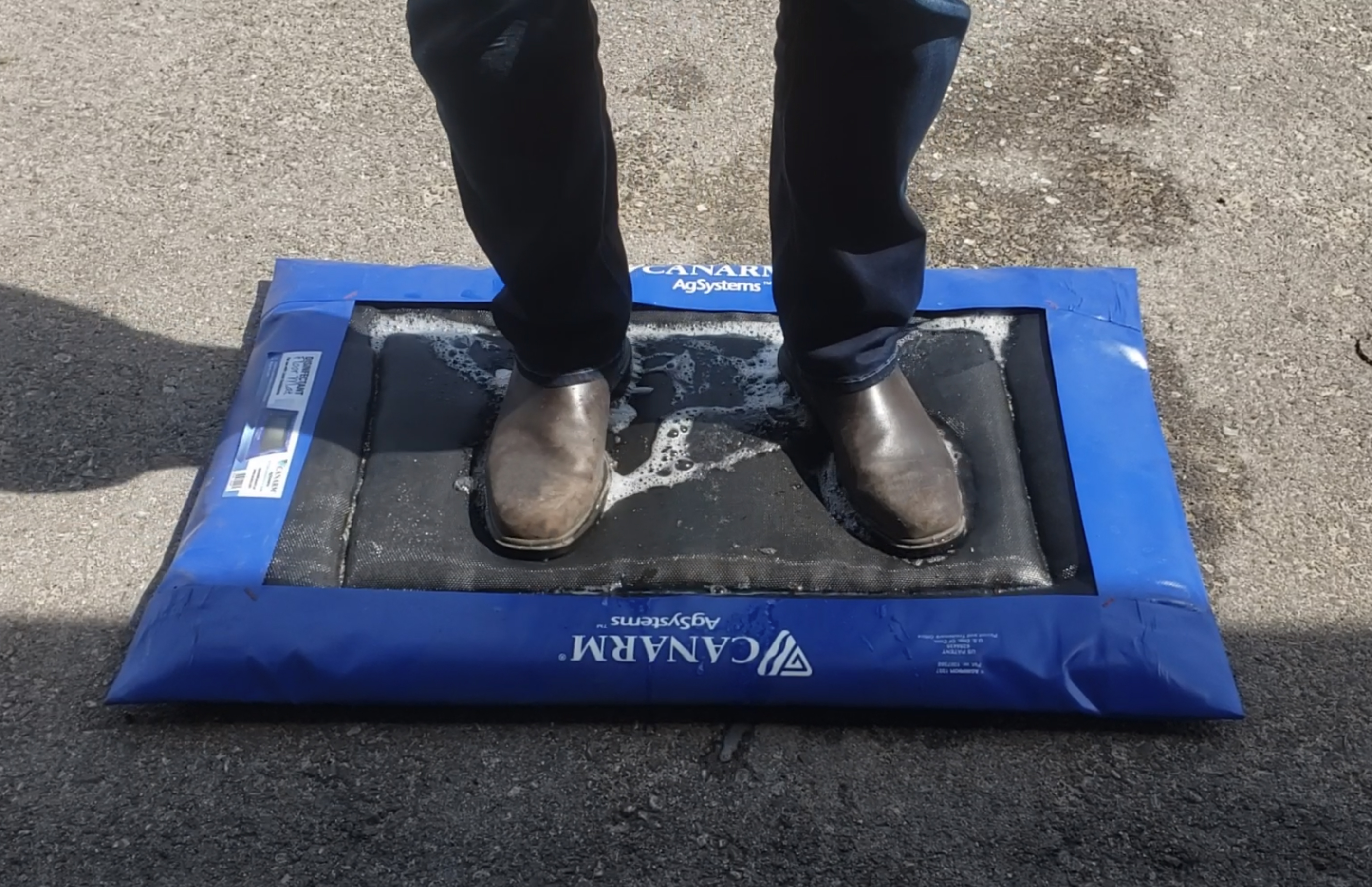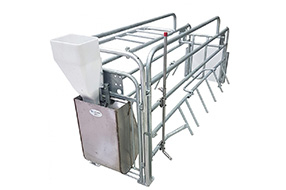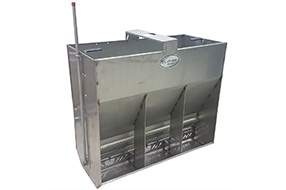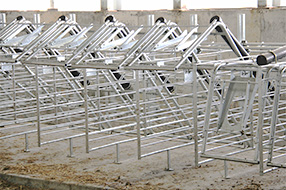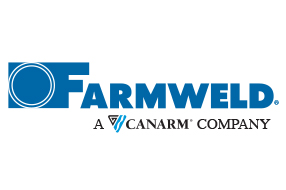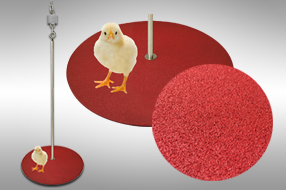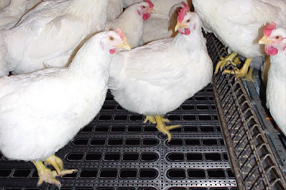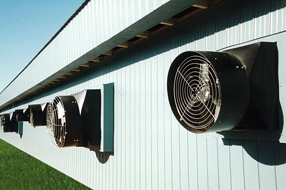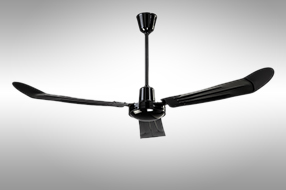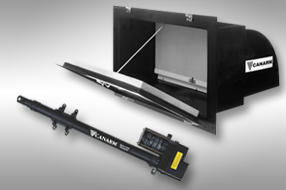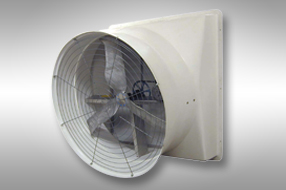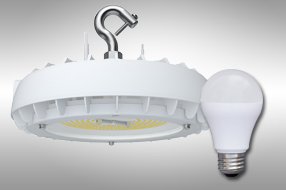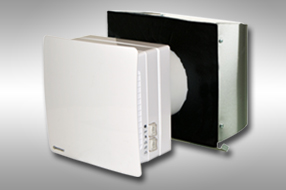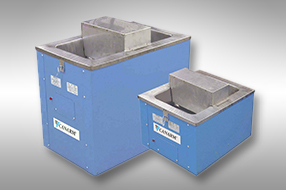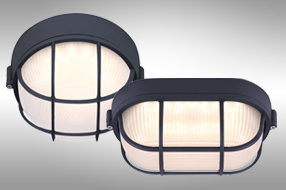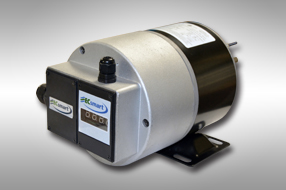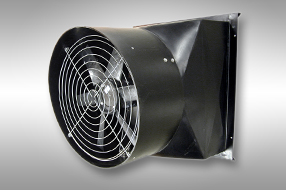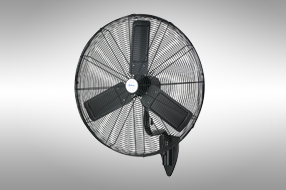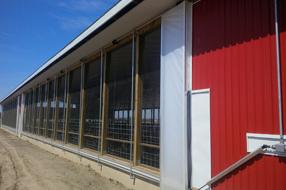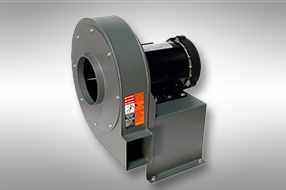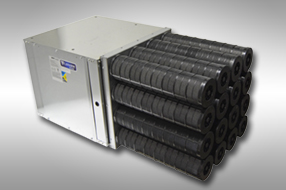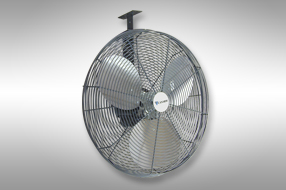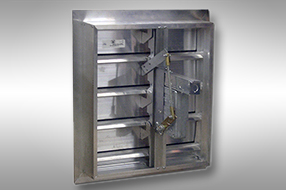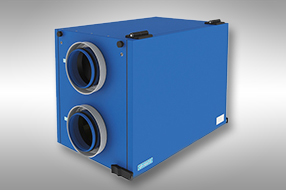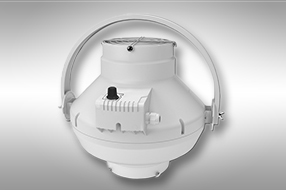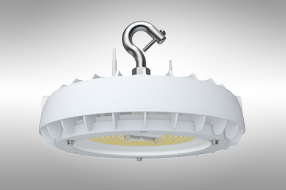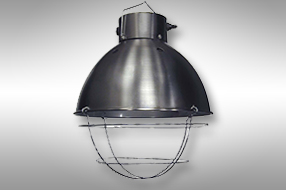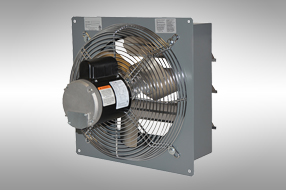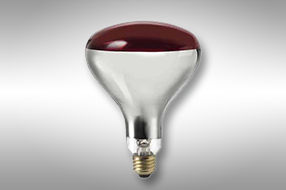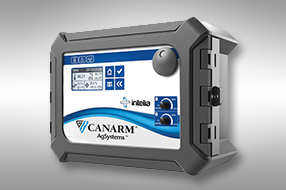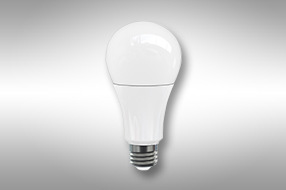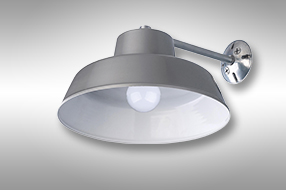Have you Considered a Long Day Lighting Program for your Farm?
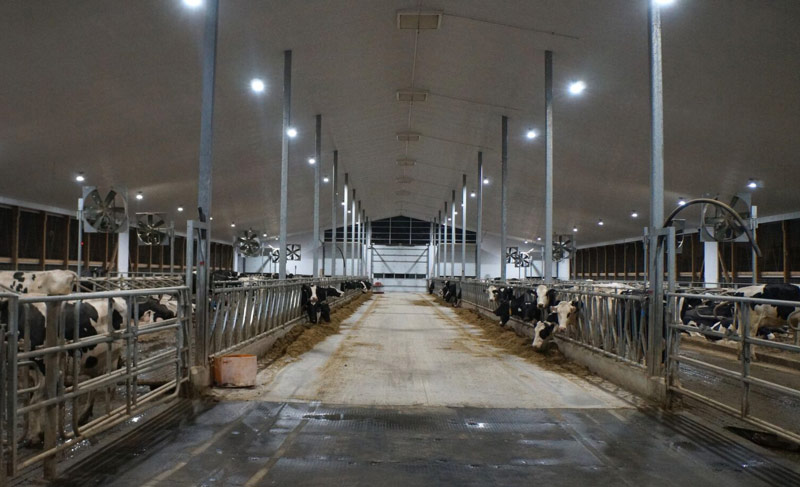
I was born and raised on a dairy farm. We milked about 65-70 cows twice a day in an old 100 x 100 freestall bank barn. This old style building only allowed a very small amount of light to come in through the windows, so it was necessary for all of the inside lights to be on while working. When morning chores were wrapped up, we shut off the lights until the night milking or risked a lecture from Dad for being wasteful. Heaven forbid we leave the lights on after the night milking – a deed considered worse than actually physically burning dollar bills!
For so many years lighting was only looked at as an expense. A necessity, at specific times, and nothing more. Many things have changed since then, and we now know that lighting is an important tool to be used to make sure your herd excels and the tank stays full.
The science behind it all is really quite simple. All mammals use night and day periods to regulate how their body works. For humans, getting 6-8 hours of sleep each night is critical in keeping us productive each day. This circadian rhythm also exists in cows, so ensuring that they are exposed to optimum light cycles at a steady schedule is just as important. There have been numerous studies by many Agricultural Colleges and Universities that have all reached the same conclusion - consistently giving your cows a light level of at least 20 foot candles (or at least 200 lux) for 16-18 hours day, followed by 6-8 hours of darkness can result in up to an 8% increase in your herd production! This is achieved through increased daytime activity, increased water and dry matter intake, improved conception rates and a more restful and recharging down time each day.
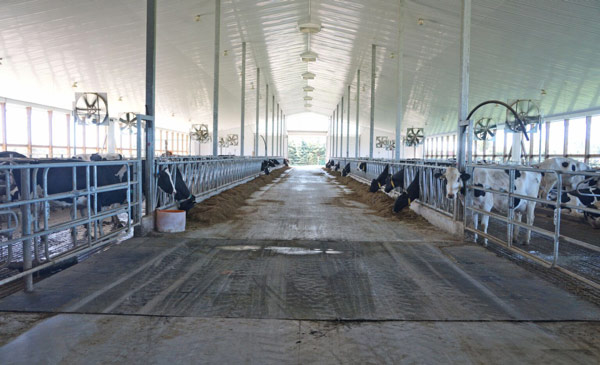
The sun also plays an integral role in this schedule. The new, modern buildings that seem to be becoming the new norm are designed to allow sun to fill the barn with light every day. Large 14’ side walls with curtains, clear ventilation panels and even clear ridge panels all allow natural light to take the place of artificial light.
We all know that the sun rises and sets every day, however this cycle changes throughout the year. To maximize herd production, the trick is to properly pair your lighting system with the sun to ensure your cows have the necessary light levels every day for the same period of time. There are a couple of ways to achieve this, and yes, physically turning the light switches on and off as required is one of them. However, in a day and age where automation plays a much larger role in our everyday lives and in our barns, there are other things to consider. For instance, take a simple system where you have your lighting on a 24-hour timer, paired with an outdoor photocell, which overrides the lights when the sun is bright enough. Your electrician will be able to put the relays and timer in place near your existing panel or in a new construction application quite easily. This ensures that the lights come on and go off every day at the same time regardless of your schedule. Since nature is providing you with light for free, inside lights will remain off during the day to save power.
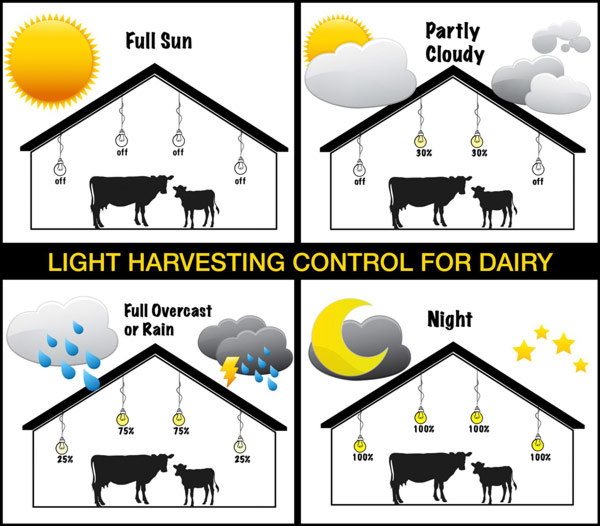
A slightly more advanced system uses a control to further pair your lighting with the available natural light, in a process called Light Harvesting. The goal of the control now becomes maintaining the 20 foot candles or 200 lux minimum in the barn at all times during the 16-18 hour light cycle. To do this, a light sensor in the barn takes light level readings throughout the day and then ramps the lighting up and down accordingly. There are also other factors, in addition to the rise and fall of the sun that can also come into play. A passing dark cloud or storm may trigger the lights to come on at a low level just to boost illumination levels slightly. The lights can be set to gradually come on over a longer period in the morning to simulate a sunrise, and do the opposite at night to mimic the sunset. On those dark gloomy days, your lights might be on all day, but they run only at the minimum levels required to ensure that your lighting set points are reached - no more, no less! This type of system not only eliminates wasted energy used on lighting, but it also harvests every bit of free light from the sun available each day.
When you decide to implement a long day lighting program, make sure that you are using an efficient form of lighting fixture. LEDs are the benchmark now since their costs have come inline with many of the older style options that were once popular. In many cases, you can buy LEDs at the same price or less than the old sodium, CFL or incandescent lights that are often still promoted. LEDs can be up to 80% more efficient than many of those styles used in the past, so even if you end up spending a bit more initially, you will see the paybacks in operating savings very quickly.
There is no point in spending more on the operation of your lights than you need to since it only detracts from the financial gains achieved through better milk production numbers. So here are a few things to consider before you go shopping.
- Be sure to pick the lowest wattage required to get the light level you need.
- Choose a lighting manufacturer or installer that is willing to work with you to create a lighting plan in advance of the project, which shows you exactly what you will need and how much it will cost before you have anything installed.
- Lastly, be sure to select a lighting product that has been tested and successfully used in agricultural environments. LED lighting is often designed to function best in settings where it would be used most frequently, so it is not always suited for harsh agricultural conditions. Products that can be pressure washed and that are able to withstand the barn conditions in your day-to-day operations may not be what you find on the shelf at your nearest big box store. Talk to your electrician or trusted agricultural equipment dealer about what products are best suited for your barn.
As the days get shorter as winter approaches, take some time to review your barn lighting and the schedule you run. With shorter days comes increased reliance on artificial lighting to maintain the consistent levels your cows need to avoid a drop in production. Take a drive to the country one evening and you will see buildings glowing in the distance. These beacons represent farmers who are already reaping the benefits that lighting can provide. And I doubt you’d be able to find many people of my Dad’s mindset, who think of this as a waste. After all, it’s pretty hard to even find an actual dollar bill to burn even if you wanted to!


